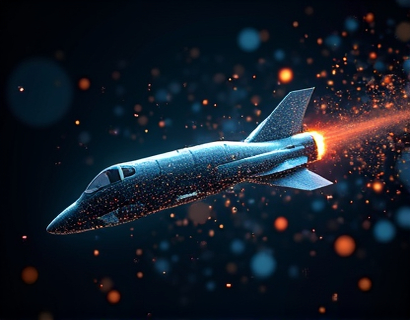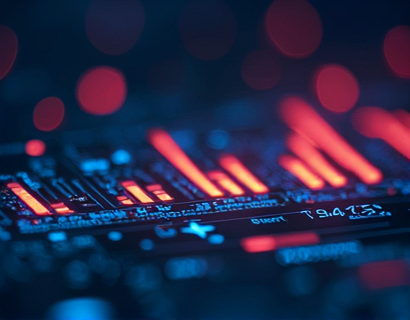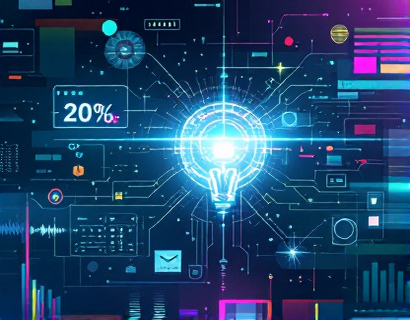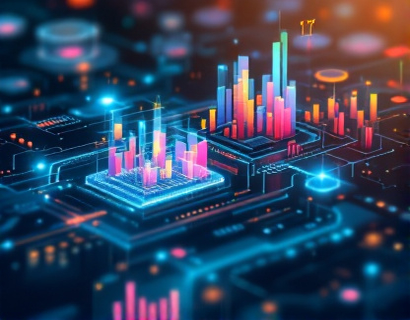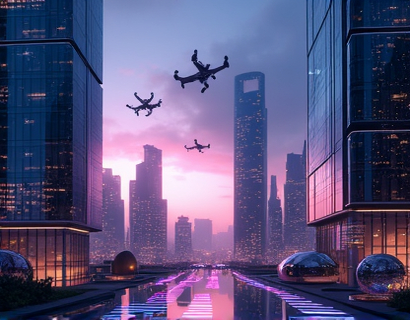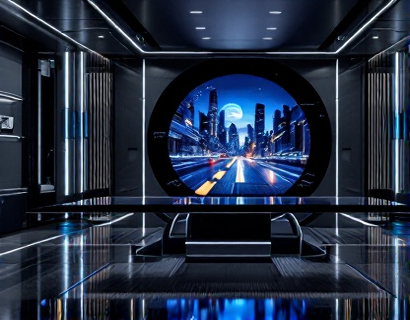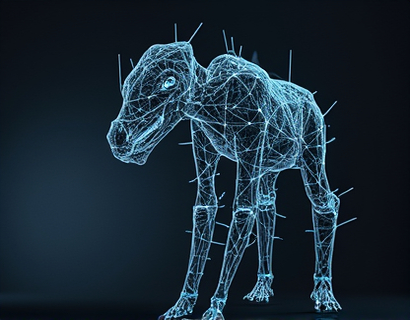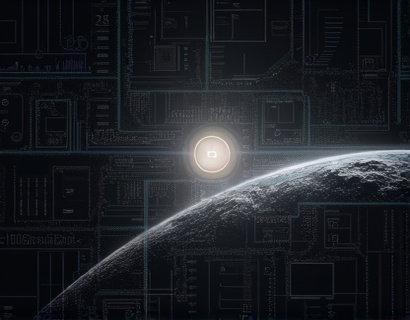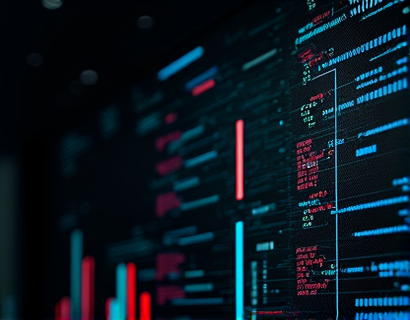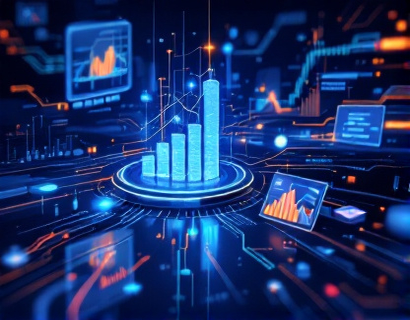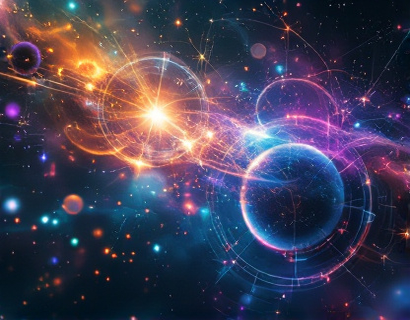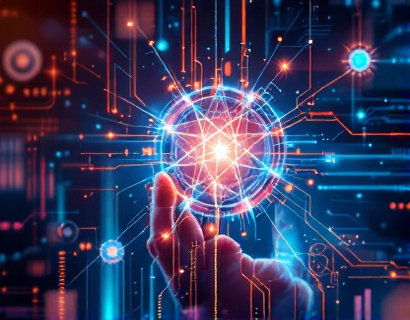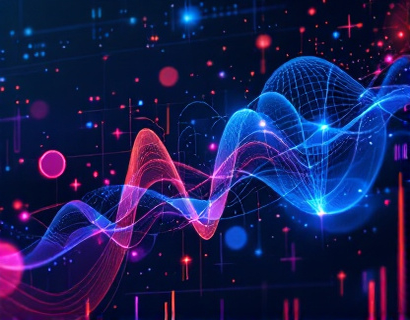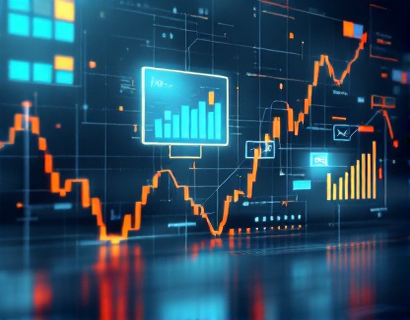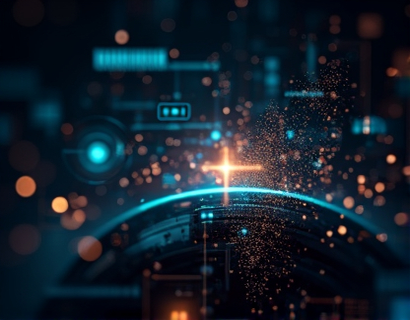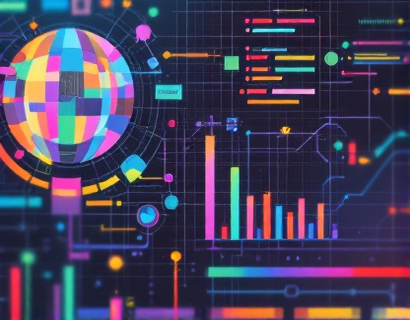Pioneering Digital Transformation: The Synergy of AI and Crypto
The intersection of artificial intelligence and cryptocurrency is catalyzing a new era of digital transformation, redefining how we interact with technology and reshaping the landscape of digital solutions. This convergence is not merely a technological advancement but a paradigm shift that promises to deliver unprecedented levels of efficiency, security, and user experience. As we delve into this topic, it's essential to understand the foundational technologies driving this transformation and their implications for the future.
Understanding Blockchain Technology
At the core of this digital revolution is blockchain technology, a decentralized ledger system that ensures transparency, immutability, and security. Blockchain operates by recording transactions across multiple computers in such a way that the registered transactions cannot be altered retroactively. This technology underpins cryptocurrencies, but its applications extend far beyond digital currencies to include supply chain management, healthcare, voting systems, and more.
One of the key features of blockchain is its ability to create trust without intermediaries. Each block in the chain contains a cryptographic hash of the previous block, a timestamp, and transaction data. This structure makes it nearly impossible to tamper with the data without altering all subsequent blocks, which requires consensus from the majority of the network. This inherent security makes blockchain an ideal foundation for building trust in digital transactions and interactions.
Introducing Artificial Intelligence
Artificial intelligence, on the other hand, refers to the simulation of human intelligence processes by machines, particularly computer systems. These processes include learning, reasoning, problem-solving, perception, and language understanding. AI technologies such as machine learning, natural language processing, and computer vision are transforming industries by automating complex tasks, providing insights from vast amounts of data, and enhancing user interactions.
Machine learning, a subset of AI, involves algorithms that can learn from and make predictions based on data. Supervised learning, unsupervised learning, and reinforcement learning are the primary types of machine learning, each with its own applications and methodologies. In the context of blockchain and cryptocurrency, machine learning can be used to predict market trends, detect fraudulent activities, and optimize smart contracts.
Synergy Between AI and Blockchain
The true power of combining AI and blockchain lies in their complementary strengths. Blockchain provides a secure and transparent framework for data integrity, while AI brings intelligence and automation to process and analyze this data. Together, they create a powerful synergy that enhances the functionality and reliability of digital systems.
For instance, AI can be used to improve the efficiency of blockchain networks. By analyzing transaction patterns and network behavior, machine learning algorithms can optimize block validation and mining processes, reducing energy consumption and increasing transaction speeds. This not only makes blockchain more sustainable but also more accessible for widespread use.
Moreover, AI can enhance the security of blockchain systems. Anomaly detection algorithms can identify unusual patterns that may indicate a security breach or fraudulent activity. Smart contracts can be programmed with AI-driven logic to execute only under specific conditions, further reducing the risk of errors and malicious activities.
Enhancing User Experiences
The integration of AI and blockchain is not just about backend efficiency; it significantly improves user experiences. One of the primary benefits is the creation of seamless and intuitive interfaces. AI-driven user interfaces can adapt to individual user preferences and behaviors, providing personalized experiences that enhance usability and engagement.
For example, in the realm of digital wallets, AI can predict user needs and offer tailored suggestions, such as recommended transactions or investment opportunities. This level of personalization not only makes the user experience more enjoyable but also increases the likelihood of user retention and adoption.
Additionally, AI can streamline the onboarding process for new users. By automating KYC (Know Your Customer) procedures and identity verification, AI reduces the friction typically associated with setting up cryptocurrency accounts. This not only speeds up the process but also makes it more accessible to a broader audience.
Advanced Tools and Applications
The combination of AI and blockchain is giving rise to advanced tools and applications that are redefining various industries. In finance, AI-driven analytics can provide deeper insights into market trends and consumer behavior, enabling more informed decision-making. Smart contracts powered by AI can automate complex financial transactions, reducing the need for intermediaries and lowering costs.
In the healthcare sector, blockchain ensures the secure and private sharing of medical records, while AI can analyze vast amounts of health data to predict disease outbreaks, personalize treatment plans, and improve diagnostic accuracy. This synergy not only enhances patient care but also optimizes healthcare operations.
In supply chain management, blockchain provides a transparent and tamper-proof record of transactions, while AI can optimize logistics and inventory management. Predictive maintenance powered by AI can reduce downtime and maintenance costs, ensuring smoother operations and higher efficiency.
Challenges and Considerations
Despite the numerous benefits, the integration of AI and blockchain is not without challenges. One of the primary concerns is scalability. Blockchain networks, especially those using proof-of-work consensus mechanisms, can struggle with high transaction volumes, leading to slower processing times and higher costs. AI can help mitigate this by optimizing network operations, but significant advancements are still needed.
Another challenge is regulatory uncertainty. The decentralized nature of blockchain and the innovative use of AI raise questions about jurisdiction, compliance, and legal frameworks. As these technologies continue to evolve, it's crucial for regulators to create clear and supportive guidelines to foster innovation while protecting consumers.
Privacy is also a critical consideration. While blockchain offers transparency, it can also expose sensitive information. AI can help address this by implementing advanced encryption and privacy-preserving techniques, ensuring that user data remains secure and confidential.
Future Prospects
The future of AI and blockchain integration holds immense potential. As technology advances, we can expect more sophisticated applications that further blur the lines between the physical and digital worlds. The concept of the Internet of Things (IoT) combined with blockchain and AI can lead to smarter cities, autonomous systems, and highly interconnected devices that operate seamlessly and securely.
In the realm of decentralized finance (DeFi), AI can enhance the functionality of smart contracts, enabling more complex and efficient financial instruments. This could democratize access to financial services, making them available to a global audience without the need for traditional banking infrastructure.
Moreover, the rise of non-fungible tokens (NFTs) and digital assets backed by real-world assets is another area where AI and blockchain can create new opportunities. AI can help verify the authenticity and value of these assets, ensuring trust and transparency in the market.
Conclusion
The convergence of AI and blockchain is not just a technological trend but a fundamental shift in how we build and interact with digital systems. By leveraging the strengths of both technologies, we can create more secure, efficient, and user-friendly solutions that drive innovation and empower individuals. As we continue to explore this exciting frontier, the possibilities are endless, and the impact on various industries will be profound.




